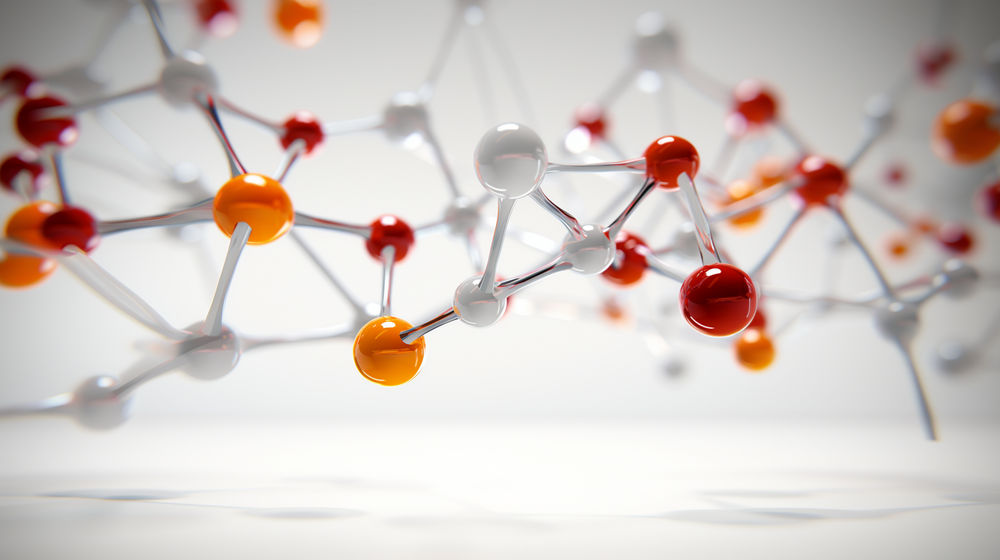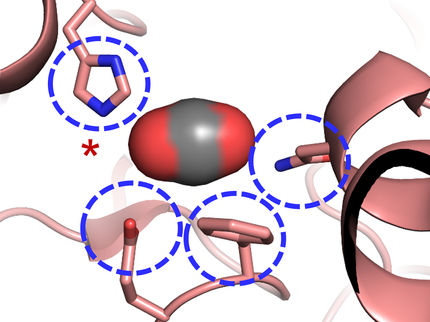International research project achieves record in converting carbon dioxide into fuels
Artificial leaf
Advertisement
In an international research project involving the Technische Universität Ilmenau, scientists have succeeded in developing a sunlight-powered device that converts carbon dioxide directly into usable fuels with an efficiency of over five percent. This brings closer the goal of not only eliminating the harmful greenhouse gas carbon dioxide, but also converting it into high-quality fuels. The international project is part of the German government's strategy to make Germany less dependent on fossil fuels as part of the energy transition.

The "artificial leaf" - the photoelectrochemical cell that produces hydrogen and oxygen from water
© TU Ilmenau
Harnessing the sun's gigantic energy for everyday energy needs is what drives Professor Thomas Hannappel. The head of TU Ilmenau's "Fundamentals of Energy Materials" group is researching ways to increase the efficiency ofof conventional solar cells - for example, with innovative semiconductors that absorb solar radiation and convert it into electrical power. The stacked, multiple and tandem solar cells that Prof.Hannappel is optimizing are far more energy-efficient than conventional solar cells.
Tandem structures hold highly efficient potential.With a single component, i.e. without the detour via an otherwise required electrolyzer, water is broken down into its components oxygen and, because it is produced regeneratively, "green" hydrogen - instead of crude oil, perhaps.hydrogen - possibly the fuel of the future instead of crude oil. Experts call such a stand-alone component, which does not require any external wiring, an "artificial leaf" - inspired by nature, which also operates tiny power plants with a single "component," the green leaves of plants. Using sunlight and water, they convert carbon dioxide from the atmosphere into energy sources such as sugar with the help of photosynthesis. Prof. Thomas Hannappel and his team borrow this principle from nature for direct solar fuel generation: artificial photosynthesis.
Fuel in abundance, cheaply and cleanly, is the goal of the energy turnaround in Germany. To this end, the German Federal Ministry of Research has launched the project DEPECOR ("Direct Efficient Photoelectrochemical CO2-Reduktion"). Coordinated by the TU Ilmenau, top-class international partners from science and industry are working together with the same goal: the TU Munich, the Helmholtz Center for Materials and Energy Berlin, the Fraunhofer Institute for Solar Energy Systems and Azur Space Solar Power GmbH.
Together with the California Institute of Technology, associated partner in the DEPECOR project, the team has now succeeded in achieving a new best value in the conversion of carbon dioxide into usable fuels in a stand-alone, solar-powered device. The efficiency of over five percent with a stability of more than 50 hours shows that the innovative, complex process can indeed produce high-quality fuels from CO2: Ethanol, carbon monoxide and methanoic acid. Prof. Thomas Hannappel, winner of the 2022 Thuringian Research Award, published the results of his research in the science journal Advanced Energy Materials: "If I am allowed to dream as a scientist, we will use artificial photosynthesis to push open the door to a world where green energy sources make a decisive contribution to the reliability of our energy system, great mobility and stable energy storage."
Original publication
Other news from the department science
Most read news
More news from our other portals
See the theme worlds for related content
Topic world Synthesis
Chemical synthesis is at the heart of modern chemistry and enables the targeted production of molecules with specific properties. By combining starting materials in defined reaction conditions, chemists can create a wide range of compounds, from simple molecules to complex active ingredients.

Topic world Synthesis
Chemical synthesis is at the heart of modern chemistry and enables the targeted production of molecules with specific properties. By combining starting materials in defined reaction conditions, chemists can create a wide range of compounds, from simple molecules to complex active ingredients.

































































